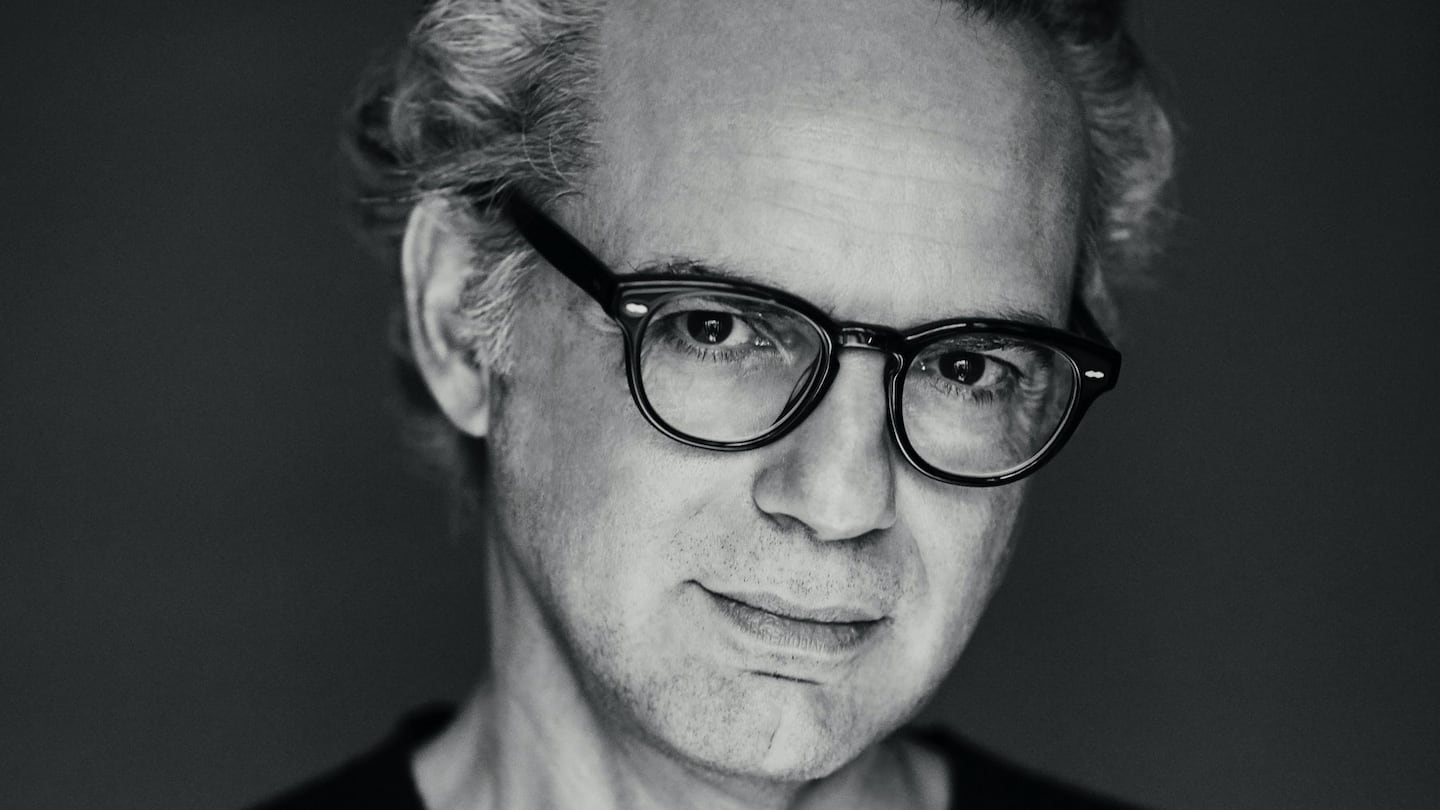
The Business of Fashion
Agenda-setting intelligence, analysis and advice for the global fashion community.

Agenda-setting intelligence, analysis and advice for the global fashion community.

MILAN, Italy — After months of speculation, Valentino has named star merchandiser Jacopo Venturini chief executive, effective June 1.
Venturini succeeds Stefano Sassi, who will leave the Italian fashion brand, currently owned by Mayhoola for Investments, the Qatari group, which also owns Balmain. Sassi, who led Valentino through multiple acquisitions and designer changes since 2006, said in a statement that his decision to leave the company was in "full agreement" with the board and shareholders.
This is Venturini's third turn at the Roman fashion brand, his "first love affair in fashion," according to a statement. In the early 2000s, when Founder Valentino Garavani was still at the company, Venturini served as a brand manager for both womenswear and menswear. After a stint at Prada, where he began building a reputation for turning genius runway collections into commercial success stories, he returned to Valentino in 2008 as the director of ready-to-wear and retail image, working alongside co-designers Pierpaolo Piccioli and Maria Grazia Chiuri until 2015. During this period, the label's runway collections were not only critically lauded, but its accessories business saw tremendous growth, thanks in no small part to the popularity of its distinctive "Rockstud" shoes and handbags range.
Venturini joined Gucci as global vice president of merchandising in 2015 just as Alessandro Michele was named creative director, helping to devise a blockbuster product strategy that catapulted the Kering-owned label to €9.6 billion in sales in 2019, up from €3.5 billion in 2014. Reporting to Chief Executive Marc Bizzari, Venturini took Michele's maximalist runway aesthetic and broke it down, product by product, offering each piece in an array of textures and colours, with many styles running from season to season. The distinction between each collection began to blur, but under a more fixed aesthetic, consumers were offered a constant stream of new products that were less linked to a specific runway show and more connected to a wider ethos. Soon after Michele's appointment, the brand stopped offering seasonal discounts.
ADVERTISEMENT
Venturini's appointment at Valentino underscores the growing importance of merchandisers.
Venturini's appointment at Valentino underscores the growing importance of merchandisers at leading luxury fashion brands, which today require a perfect alchemy of creative talent, irresistible product, sharp marketing and operational knowhow to succeed. While CEOs tended to be operators in the past, they are increasingly coming from marketing and merchandising backgrounds, two increasingly important elements of strategy as businesses continue to battle for consumer attention and spending. (At Kering, both Balenciaga Chief Executive Cédric Charbit and Saint Laurent head Francesca Bellettini were product people before overseeing their respective brands.)
"A merchandising director is probably the right combination: An eye on the market, an eye on product innovation and creativity," said Bernstein analyst Luca Solca, noting that, in some ways, the arrangement is still experimental. "The jury is out if [Venturini] can be as good a chief executive as he can be an extraordinary merchandiser."
In recent years, Valentino has struggled to translate Piccioli’s runway success, particularly in couture, into meaningful sales momentum, especially in accessories, a critical category. The label’s hit Rockstud collections, while still a significant revenue driver, have fallen out of fashion. By 2018, Valentino’s growth was slowing, with sales of €1.19 billion, up from €1.16 billion a year earlier. Last year, sales inched up about 2 percent to €1.22 billion. That’s small compared to rivals, especially considering Valentino’s global name recognition.
"Valentino has a lot of potential in my view," Solca said. "It just needs a new [commercial] creative chapter after the metal studs success."
Can the Venturini-Piccioli combination bring the magic back?
It's never been more challenging for a brand like Valentino to compete against the likes of LVMH, Kering, Chanel and Hermès, which dominate the sector, their sheer scale giving them advantages in everything from supply chain to real estate to talent. That, combined with the effects of the global coronavirus pandemic, which has decimated businesses across the industry, will make it challenging for Valentino to gain the foothold it had once envisioned under Stassi's helm.
Despite persistent rumours that the brand may be on the block, an acquisition target for Venturini's previous employer Kering, Mayhoola has insisted that Valentino is not for sale, and that it, too, is building a strategic group, of which Valentino is a pillar. Mayhoola acquired Valentino in 2012 for a reported €700 million from UK-based private equity fund Permira and minority investors Marzotto Textile Group.
Related Articles:
Discover the most exciting career opportunities now available on BoF Careers — including jobs from Hugo Boss, Banana Republic and House of CB.
To provide actionable insights and inspiration on how fashion and retail industries can further embed diversity, equity and inclusion in the workplace and business strategies today, BoF Careers co-hosted a panel discussion with The Outsiders Perspective. Now, BoF shares key learnings from the panel.
A US regulator has banned most uses of the clauses, which started as a way for fashion companies to prevent senior executives from walking off with trade secrets, but have become a standard retention tool.
Check out this week’s new partners and openings on BoF Careers, the global marketplace for fashion talent.